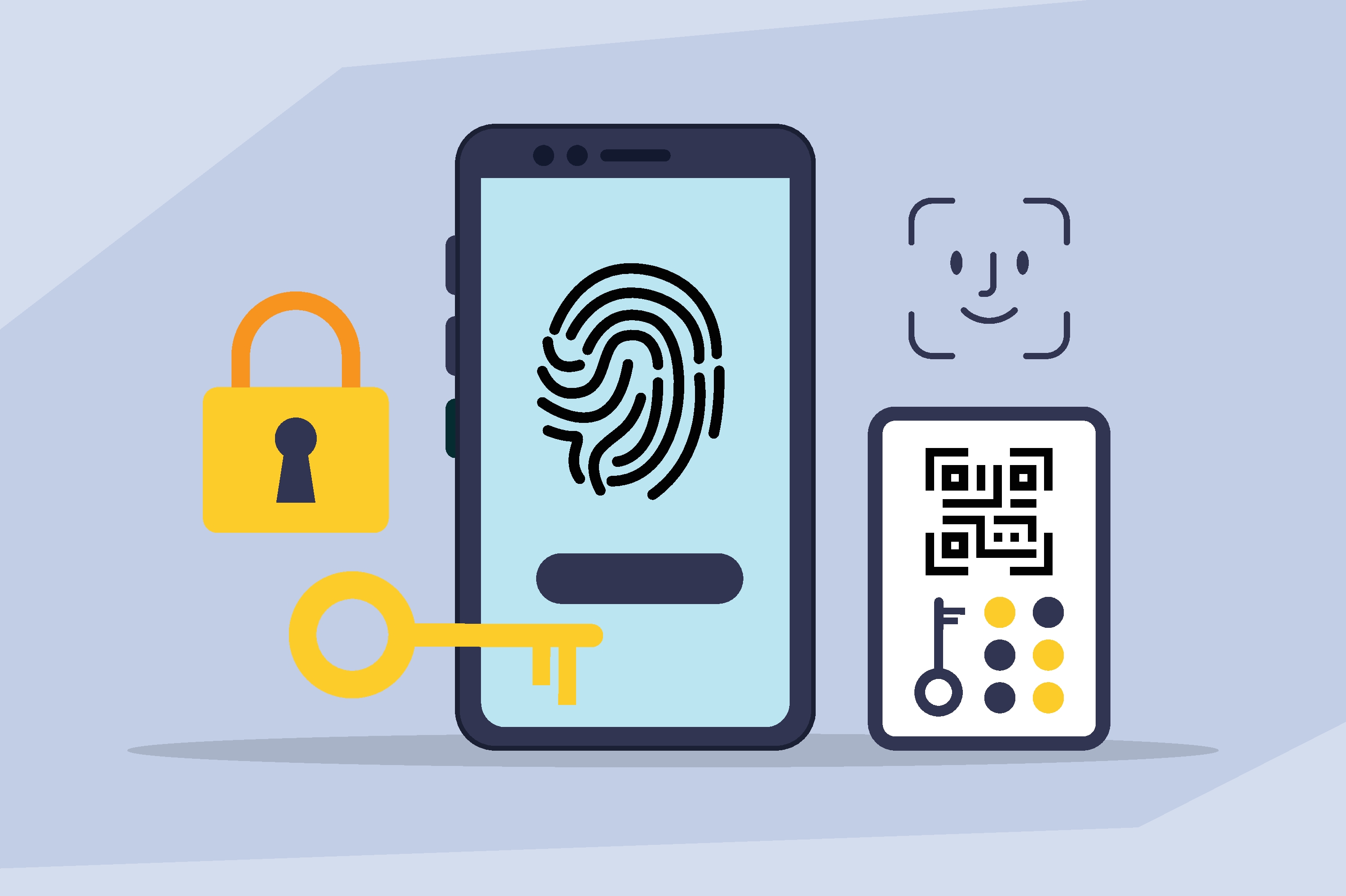Prove’s Trust Score™ is a real-time measure of phone number reputation that can be leveraged for identity verification and authentication purposes. Trust Score analyzes behavioral and Phone-Centric Identity™ signals from authoritative sources at the time of a potential transaction to mitigate fraud such as SIM swap fraud and other account takeover schemes. Trust Score can be utilized to secure the customer experience in a number of different scenarios from digital onboarding to digital servicing and existing customer authentication.
One of the most popular usages of Trust Score is as a trust indicator before sending a one-time passcode to help identify risks such as an insecure VOIP line, SIM swap, and low SIM tenure. By calling Trust Score before sending SMS OTPs, companies are empowered to fortify their OTP solutions by making an informed decision about whether an OTP should be sent or not. For example, if Trust Score is run and comes back with an indication that the line-type is VoIP or that a SIM swap has occurred recently, the company can choose to authenticate the consumer using a different method as opposed to sending an OTP.
Trust Scores run on a scale from 0-1000, with a higher number indicating a higher Trust Score. Trust Scores over 630 are typically considered 'high', and scores 300 and below are categorized as ‘low’. Some of the phone intelligence signals that Trust Score’s risk model examines include phone tenure (SIM tenure, tenure of device), line attributes (active number, number porting, mobile status, available network status, and line type), account activity (change event occurrence velocity), and device activity (device ownership tenure) to calculate level of risk.


Keep reading
 Read the article: Prove Launches ProveX℠, the Internet’s First Digital Trust Exchange
Read the article: Prove Launches ProveX℠, the Internet’s First Digital Trust ExchangeProve launches ProveX, ProveX, a new digital trust exchange that enables enterprises to instantly access verified data and credentials from partners, while preserving trust through every interaction
 Read the article: Beyond the OTP: Why SMS-Based 2FA Is Failing and What Comes Next
Read the article: Beyond the OTP: Why SMS-Based 2FA Is Failing and What Comes NextExplore the classic conflict between security measures and user friction.
 Read the article: Anatomy of an Account Takeover Attack: Analysis and Response Plan
Read the article: Anatomy of an Account Takeover Attack: Analysis and Response PlanLearn practical strategies for handling identity verification API errors or no-match responses. Explore fallback methods and clear communication tactics to ensure a smooth, user-friendly experience.














